Metal screen mesh has seen a renaissance in recent years, evolving from a utilitarian product into a decorative element that adds flair to homes and businesses alike. From privacy screens to decorative accents, this versatile material can transform any space. In this guide, I will delve into the types, benefits, applications, and a plethora of options for decorative metal screen mesh based on my personal experiences and extensive research.
What is Decorative Metal Screen Mesh?
Decorative metal screen mesh is a type of metal mesh that combines functionality with aesthetic appeal. Made from various metals such as stainless steel, aluminum, and copper, it is designed for use in a variety of applications, from architectural design to landscaping.
Types of Decorative Metal Screen Mesh
- Stainless Steel Mesh
- Aluminum Mesh
- Copper Mesh
- Brass Mesh
Stainless Steel Mesh
Known for its durability and resistance to rust, stainless steel mesh is ideal for outdoor applications. It’s often used in railings and as decorative panels.
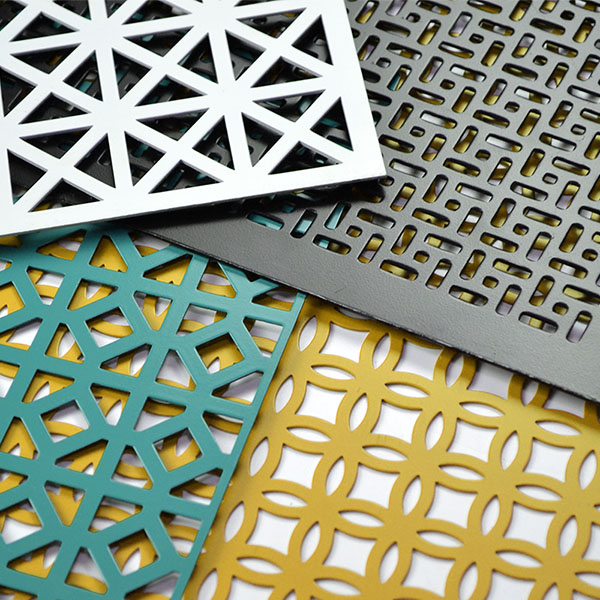
Aluminum Mesh
Lightweight and corrosion-resistant, aluminum mesh is perfect for decorative projects that require ease of installation.
Copper Mesh
Copper mesh offers a unique aesthetic, developing a patina over time that many find appealing. It’s often used in artistic applications.
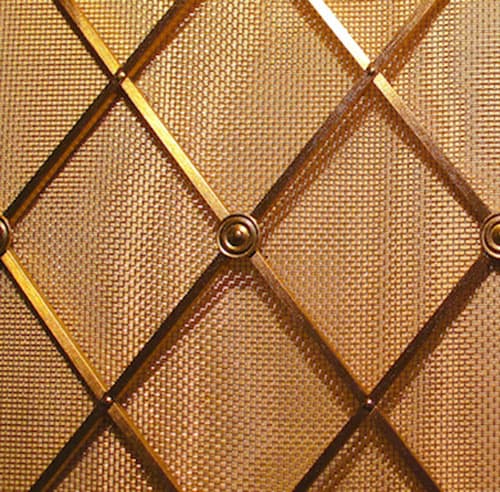
Brass Mesh
Brass mesh provides a warm golden color and is often used in indoor applications for decorative purposes.
Benefits of Using Decorative Metal Screen Mesh
The advantages of incorporating decorative metal screen mesh into your projects are numerous:
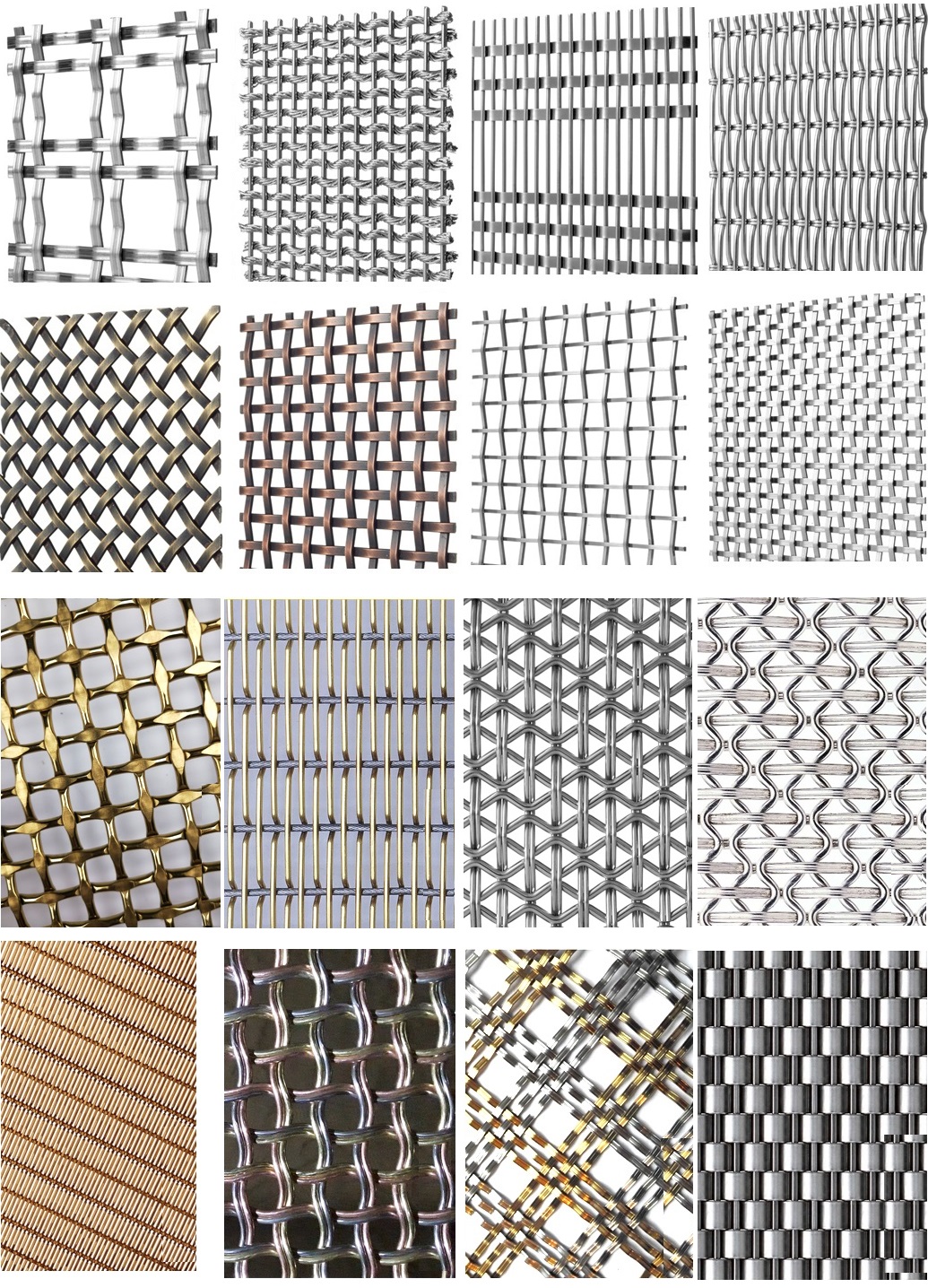
1. Aesthetic Appeal
One of the primary benefits is the visual intrigue it adds to spaces. With patterns ranging from geometric to floral designs, these meshes can cater to various styles, enhancing your décor.
2. Durability
Unlike traditional materials, metal screen mesh is weather-resistant, requiring minimal maintenance. It can withstand harsh conditions, making it a long-lasting option.
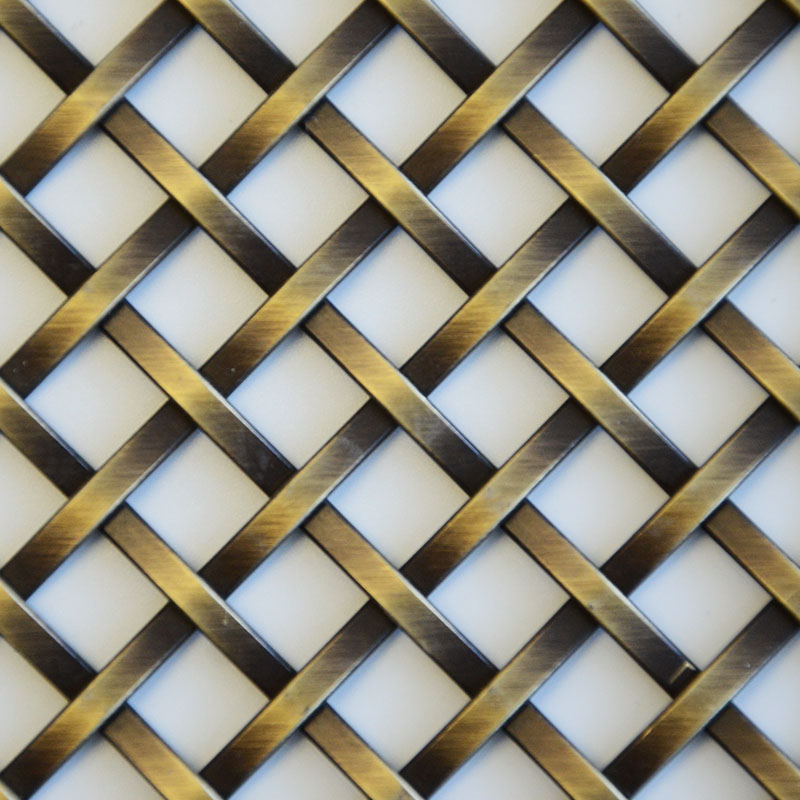
3. Versatility
From privacy screens to outdoor decorative elements, the possibilities are endless. I’ve personally used decorative mesh in my garden to create a stunning visual while maintaining some privacy.
4. Customization Options
Many suppliers offer customization in terms of size, color, and pattern, allowing users to create a bespoke product that fits their vision.

Applications of Decorative Metal Screen Mesh
Decorative metal screen mesh can be utilized in various settings:
1. Architectural Designs
Used in facades, walls, and railings, decorative mesh adds a modern touch to architectural projects.
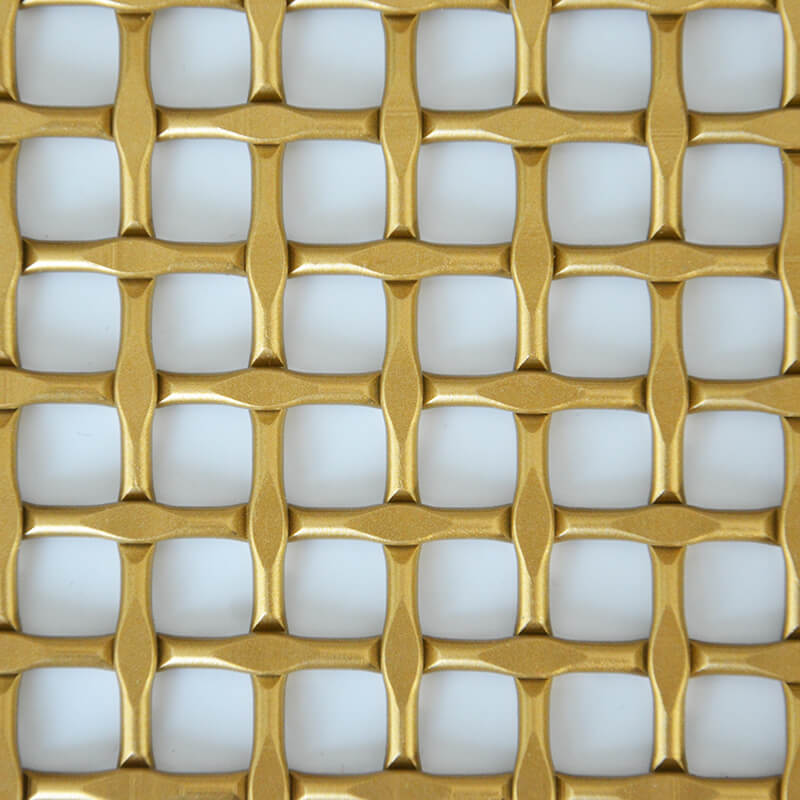
2. Landscapes and Gardens
It can serve as fencing, trellises, or decorative panels, creating a stylish barrier while allowing light and air to filter through.
3. Interior Design
From room dividers to wall art, the interior design possibilities are limitless. I’ve created an eye-catching room divider using decorative mesh that adds character to my living space.
4. Outdoor Spaces
Patios and decks can benefit from privacy screens and decorative elements that enhance the outdoor experience.
Comparison Table: Common Types of Decorative Metal Mesh
| Type | Material | Durability | Cost | Best For |
|---|---|---|---|---|
| Stainless Steel | Stainless Steel | High | $$$ | Outdoor Applications |
| Aluminum | Aluminum | Medium | $$ | Indoor and Outdoor |
| Copper | Copper | Medium | $$$ | Artistic Elements |
| Brass | Brass | Medium | $$$ | Indoor Decorative Pieces |
Choosing the Right Decorative Metal Screen Mesh
Selecting the right mesh involves several considerations:
1. Purpose
Define what you want to achieve with the mesh. Is it for aesthetics, privacy, or both? This will guide your selection.
2. Environment
Consider the installation location. For outdoor use, opt for weather-resistant materials like stainless steel or aluminum.
3. Design and Style
Select a pattern and color that complements your existing décor. I enjoy browsing local suppliers until I find the perfect match for my projects!
4. Budget
Prices can vary significantly, so determine your budget beforehand to narrow down your options.
Installation Tips for Decorative Metal Screen Mesh
Installing decorative metal mesh can be straightforward with a little guidance:
1. Gather Tools
Ensure you have the necessary tools: a measuring tape, level, drill, screws, and safety gear.
2. Measure Your Space
Accurate measurements are crucial. It’s best to measure twice to cut down on mistakes.
3. Prepare the Area
Clear the installation area of debris and ensure it is level.
4. Follow Manufacturer Instructions
Adhere to the specific instructions provided for the mesh you’ve chosen for the best results.
Decorative Metal Screen Mesh: Pros and Cons
Pros
- Enhances aesthetic value
- Durable and weather-resistant
- Wide range of designs
- Minimal maintenance required
Cons
- Can be more expensive than traditional materials
- Requires occasional cleaning to maintain appearance
Frequently Asked Questions (FAQs)
1. Can decorative metal screen mesh be used indoors?
Yes, it can be used for various indoor applications, including room dividers and wall art.
2. How do I clean decorative metal screen mesh?
Use a mixture of mild soap and water, and avoid harsh chemicals that may damage the finish.
3. What thickness of mesh should I choose?
The thickness will depend on its intended use. Thicker meshes provide more durability and privacy.
4. Is decorative metal screen mesh rust-resistant?
Most decorative metal screens, especially stainless steel, are rust-resistant, making them suitable for outdoor use.
Final Thoughts
Decorative metal screen mesh is more than just a functional product; it can serve as an artistic statement in your space. Whether you’re looking to enhance your garden, create a stylish room divider, or add a unique touch to your architecture, there’s a decorative metal mesh that can meet your needs. My personal journey with decorative metal screen mesh has been rewarding, and I highly recommend exploring this exciting material for your next project.